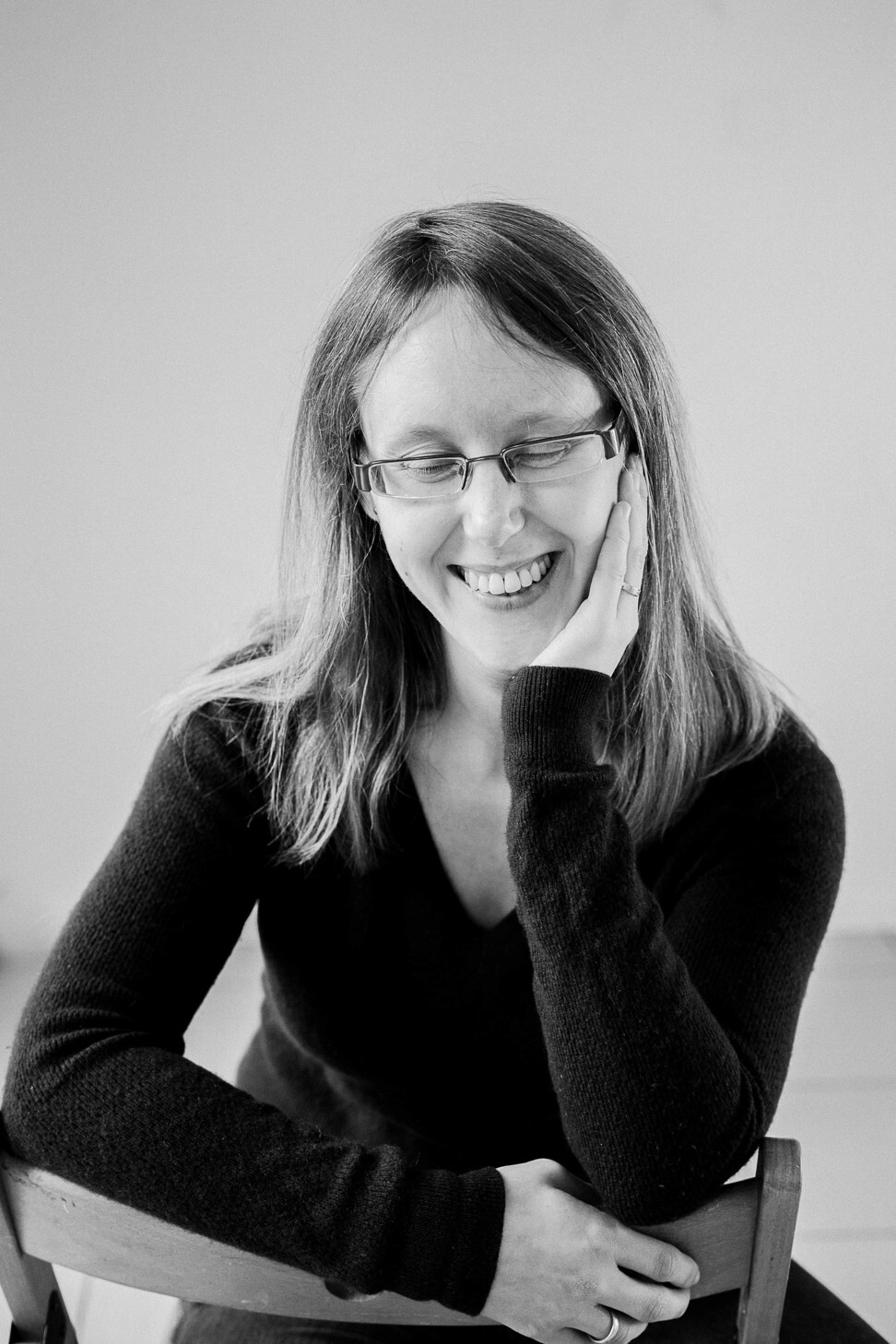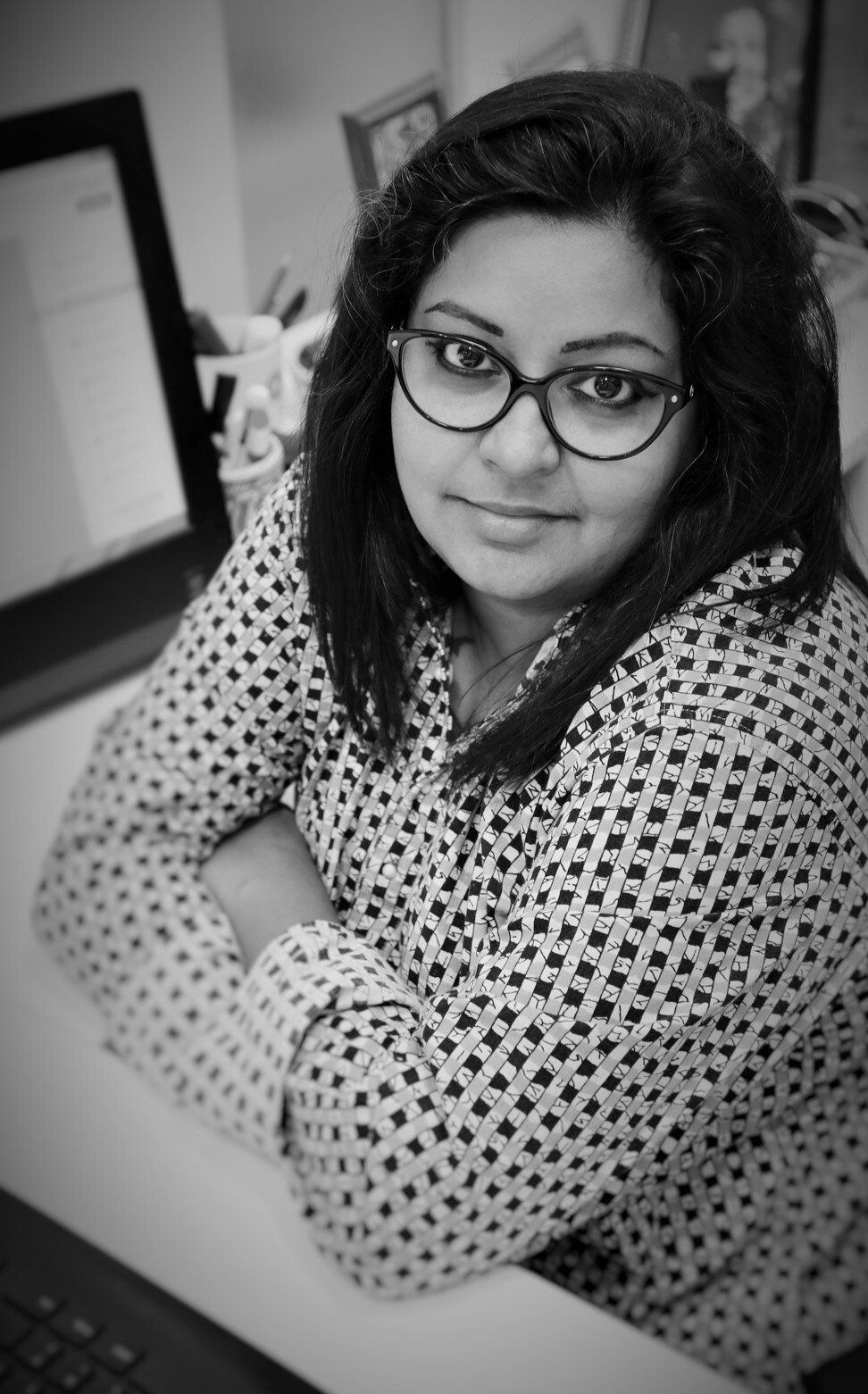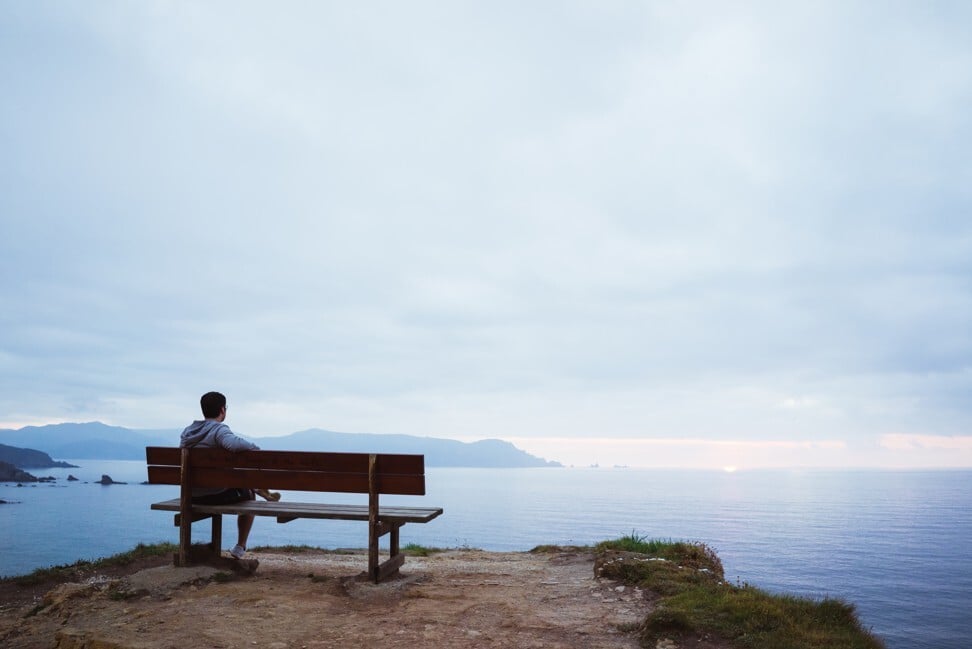
Explainer | The benefits of doing nothing, from stress relief to having more creative ideas, and the Dutch word that embodies the act
- When not focusing on anything, our thoughts bump into each other which leads to other, more interesting thoughts and ideas, an author on the topic says
- The concept of purposefully doing nothing is summed up by the Dutch verb ‘niksen’, though not all experts believe in its benefits
Some people baked banana bread. Others tried their hand at sourdough. Then the trick of whisking instant coffee into froth exploded onto the scene. DIY projects became trendy. Tie-dye shirts coloured social media posts. Zoom meetings – for work, to meet family and friends, and to have parties – became the norm.
The year of the pandemic had people turning into everyday ninjas. But not everyone wanted their day ruled by the pings of their Google calendar. Some were happy to purposefully do nothing. Or, as the Dutch say, niksen.
Renewed conversations around the concept were sparked by the release in October of the book Niksen: Embracing the Dutch Art of Doing Nothing by Netherlands-based Polish journalist and writer Olga Mecking. Wearied and fatigued, many people have embraced it in a bid to tone down the productivity rhetoric.

Mecking says the idea for the book came from reading an article in a Dutch wellness magazine called Gezond Nu (Healthy Now) which said “Niksen is the new mindfulness”.
“I thought, ‘Yes, finally, an article that tells us it’s OK to do nothing,’” she says. “Especially with other wellness trends telling us we’re never enough, that no matter what we do we should always do more, whether it’s at work, at home, with our children. Niksen seemed like a great antidote to all that. When I read that article I thought, ‘That’s a great story. I should write about this.’ So I did.”
‘The best ideas come early’: the benefits of being awake at 5am
The book was published in English by Piatkus, part of the US-based Little, Brown and Company publishing group, and soon Dutch, French, Polish and Russian versions were available. It is due to be translated and released in 10 more languages.
“When one is down, stressed with work, or exhausted from day-to-day stress and anxiety, especially for people working from home, doing nothing is an excellent way of psychological detoxing,” says Simantini Ghosh, an assistant professor of psychology at India’s Ashoka University. “You just want to take a break from doing anything. In psychological terms this is called decision avoidance.”
Not all mental health experts see the benefits of niksen, however. Christopher Anderson from the University of Maryland in the US wrote in a 2003 paper about “why individuals avoid decisions by postponing them, failing to act, or accepting the status quo”. This decision avoidance is common, he wrote, and described it as “troubling behaviour”. The paper was published in the American Psychological Association’s Psychological Bulletin.

Mecking sees it differently. “Our brains are always active,” she says. “When the neuroscientist Marcus Raichle put people in fMRI [functional magnetic resonance imaging] machines and told them to do nothing, their brain activity increased compared to people who were given a task. A lot of the time, our thoughts racing is seen as a bad thing. But this way, our thoughts bumping into each other lead to other, more interesting thoughts, which leads to really cool ideas sometimes.”
She makes the distinction between different ways of doing nothing. “The way I define niksen in the book is ‘doing nothing without a purpose’,” she says. “So it is not, for example, browsing Facebook or watching a movie on Netflix, but looking at clouds, watching people. And to do it not because we hope to get something out of it, but to do it just because … I think that’s possible.”

The concept of doing nothing has engaged philosophers and thinkers across the world for millennia. Greek philosopher Parmenides pondered the idea in the fifth century BC; the Taoist concept of wu wei, “doing nothing”, emerged around the same time. Ever since, “nothing” and “inaction” have been the subject of intense debate.
Mecking says doing nothing has real benefits. “I found evidence that there are positive sides to things like laziness, boredom and even procrastination,” she adds. “Research on laziness and boredom, for example, shows that when our brains don’t have anything to focus on, they search for their own stimulation and come up with more creative ideas.”
Ghosh says there is proof of rejuvenation when one shuts down, and many wellness programmes are based on the philosophy of benefit from disengagement, such as retreats, which place an emphasis on stepping back from everything.
Being quiet and doing nothing is not easy. But slowly one begins to notice other things … The discomfort falls away and relaxes the body and mind
Some wonder exactly how they should plan to do nothing. “There are two main ways,” Mecking says. “One is to schedule it. Write it down in your agenda. After all, you write down the most important things, so why not breaks? Why not leisure time? Why not doing nothing? These things are important too.”
Second, it’s also possible to choose random moments, she says. That includes, for example, time waiting for a doctor’s appointment, on a train, or at a cafe waiting for a friend to arrive. These are all great moments for niksen.
If doing nothing is difficult, she suggests keeping the hands busy with crocheting, colouring or playing blocks, so the mind can wander and run free. She also suggests ditching technology and finding a pleasant nook to sit in quietly to do nothing.

To emphasise the value of decluttering the mind and ushering in some quietness, India’s Centre for Learning, a school offering community-based learning, has tried to inculcate the practice at a young age.
While most schools cram schooldays with lessons and activities, the centre schedules a 45-minute period of “quiet time” for all its students and teachers every evening. There is no talking, no reading, no watching or listening to anything – in essence, no engagement with anything tangible. It’s simply do-nothing time.
“External silence amplifies the inner noise. We want everyone to watch this without judgment,” says Kamala Mukunda, a long-time teacher at the centre, which is located on the outskirts of the bustling city of Bangalore. The school’s sprawling campus has an abundance of wilderness and students are free to wander in it during this time.
“Being quiet and doing nothing is not easy,” Mukunda says. “But slowly one begins to notice other things – warmth of the sun, feel of the wind, sounds of nature. The discomfort falls away and relaxes the body and mind. Even children who resist it a lot seem to turn to it at some point.”

